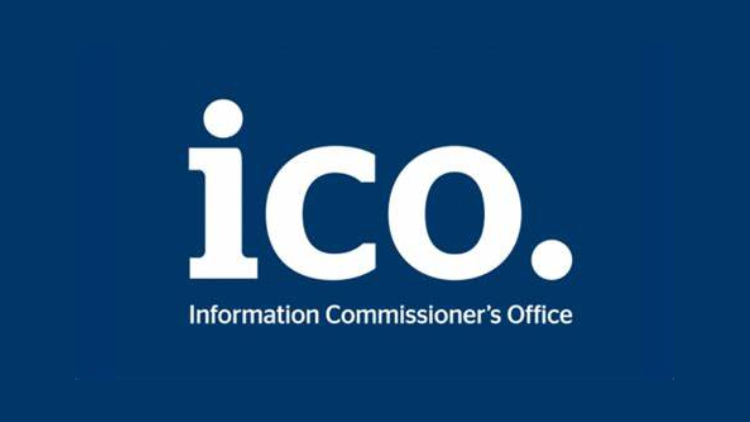Gemma Goldenberg, psychologist and education expert
Neuroplasticity – Our brains change and adapt
Historically, we used to believe that whether a child was a good learner and grew up to be a successful adult, was based solely on things like their IQ and the skills and abilities that they inherited from their parents. Nowadays we know much more about the developing brain, and most importantly we know about neuroplasticity – that means that brains are not fixed, they change depending on how we use them. Even as adults, our brains can reorganise and grow new networks of neurons.
This is great news – it means that regardless of their starting points, everyone has the capacity to grow and change their brain, to improve and become stronger in their learning. But to do this, we need to move beyond just teaching ‘content’ like the names of numbers and colours, and also teach the attitudes and characteristics children need to become stronger learners.
Learning characteristics
Characteristics like resilience and persistence are increasingly being considered alongside curriculum coverage. What use is a great set of exam results if you leave school unable to cope with failure or stick with a tricky problem? Learning characteristics matter for academic success but also for wellbeing and the earlier they are introduced, the more opportunities children have to develop them.
‘Bouncebackability’ can be thought of as our ability to recover after a setback. How do we respond to mistakes and difficulties? We can also think of this as resilience.
‘Stickability’ is about how long a child persists when something is difficult. Do they give up as soon as things are hard, or can they tolerate the feeling of struggling, and stick with it? Sometimes this is referred to as persistence.
Both of these things are really important if we want children to confidently face challenges in their lives and be motivated, life-long learners. The way we speak to children, the experiences that we offer and the behaviours that we model ourselves all influence how well children develop these characteristics.
What we praise shows what we value
What we choose to give our attention to is very powerful. Some of the deepest learning is slow and messy, it might involve a lot of mistakes and setbacks, but that doesn’t mean it hasn’t been a success. Does your use of praise reflect this view?
Imagine a child who’s been able to complete a 12 piece puzzle for several weeks. Every time they do it, they’re praised ‘Well done! You’re so clever! You finished it! You did all the pieces!’ They love this attention so continue to repeat the same puzzle over and over. It becomes so easy for them, they can now do it extremely quickly. They’re praised for this too ‘So fast! What a clever clogs!” They never attempt a more challenging puzzle because the message they have internalised is “I’m clever when I do things easily and quickly. If I do a harder puzzle and I can’t complete it, I won’t be clever and I won’t get praise.” As we learn by challenging ourselves, this child has lost a valuable opportunity to improve their puzzle solving skills, but also to work on their stickability and bouncebackability.
Let’s imagine the alternative. An adult notices the child has been doing the same puzzle for a while. They say ‘I think that’s too easy for you now! Your brain isn’t getting a good workout from that one anymore, it needs something a bit trickier to get stronger. How about we try this one that’s got 16 pieces?”. If met with reluctance, the adult reassures them that it’s good to have a go and that it doesn’t matter if they don’t complete the whole thing this time. The focus is on the learning process, not the end goal. After a few minutes, the child starts to struggle. The adult says “I’m so proud of you for challenging yourself, well done! I can see it’s getting hard but you’re not giving up.” When the child gets a piece wrong, the adult doesn’t swoop in to help straight away, but allows the child to experience the feeling of a struggle, reassuring them “It’s hard to tell which piece you need next isn’t it, but take your time. I think you might figure it out if you try for a bit longer.” What message has the child internalised this time? That being smart isn’t always about getting things right or finding it easy, it’s about stretching yourself. They see that praise is for the effort you put in and for sticking with something, and that finding something difficult is ok. This will really help build their capacity for bouncebackability and stickability.
Practical tips
- Focus on progress not perfection. Praise children for effort, improvement and showing learning characteristics, instead of for getting things right/the finished product.
- Encourage children to think of their brain as like a muscle, the harder we work it, the more we stretch it, the stronger it gets.
- Draw attention to your own mistakes and how these help you to learn and talk about times you have stuck with something difficult or bounced back after a set back. Model the characteristics you want to encourage.
- Don’t swoop in and ‘rescue’ a child as soon as they are struggling. Instead, encourage them to persist.
- Remember to work on this gradually – if a child is not used to being challenged and struggles with resilience, it will take time to build this up. Make these tweaks incrementally rather than suddenly changing your approach.
Signposts
Further reading about resilience
- https://ro.uow.edu.au/cgi/viewcontent.cgi?article=1045&context=jseem
- https://developingchild.harvard.edu/science/key-concepts/resilience/#:~:text=Science%20tells%20us%20that%20some,children%20reach%20their%20full%20potential.
The learning power approach: https://www.guyclaxton.net/post/the-learning-power-approach-some-non-negotiables
About the author- Gemma Goldenberg
Gemma Goldenberg is a psychologist and education expert with over 20 years of experience working with young children. She co-wrote the book ‘Powering up your school’ a guide to cultivating important learning attitudes and characteristics. Most recently, she co-founded www.NestKids.co.uk which supports early years practitioners, schools and parents to use and understand neuroscience in their work with children.



